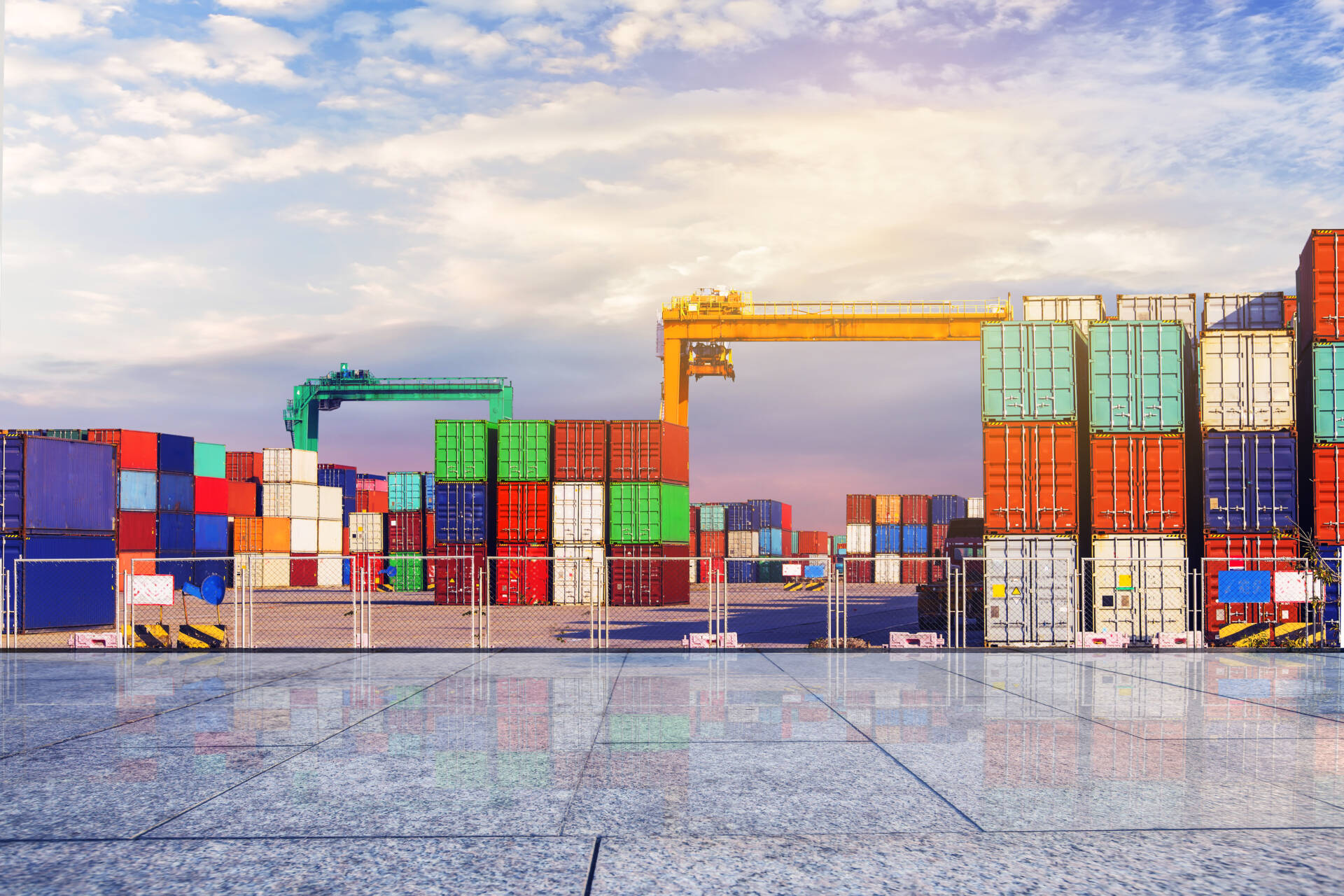Introduction
The project report for Transportation is as follows.
The transportation of people, commodities, and services from one location to another by diverse modes such as road, train, air, water, and pipeline. It contributes significantly to a country’s social and economic growth by facilitating mobility and access to employment, education, healthcare, and leisure activities. Transportation also supports trade, commerce, and tourism, all of which help to boost economic growth and employment creation. Transportation, on the other hand, has a huge environmental impact, including air and water pollution, greenhouse gas emissions, and habitat damage.
As a result, sustainable transportation solutions that balance economic, social, and environmental factors are required to meet society’s current and future mobility needs.
The connection among economic growth & infrastructure investment is quite clear. More the economy expands, the greater a requirement for a quicker and more convenient means of transport for both the transportation of goods and individuals. The fast growth of the Indian market is boosting demand for both the transportation sector. The transport sector is divided into three main categories, namely aviation, road and rail. India has a road of 5.23 million kilometers and is projected to expand over the next 5 years. The current government ‘s elevated emphasis on infrastructure development and a peaceful attitude to a Private-Public Partnership (PPP) model gives space for private players in the market.
Our nation has observed 112 finished road projects through the Public-Private Partnership Model and the completion of 150 projects.
The transport sector made a contribution approximately 6.3% of GDP and is heavily controlled by the road sector. More than 50% of freight and 90 per cent of passenger traffic is managed by path. Government, as well as private investment, increasing exports, rising interstate movements of goods and passengers, the expanding FMCG sector and increasing disposable income are also the primary drivers of the transpiration industry in India. In order to improve accessibility throughout the nation, 100% FDI was enabled in the road and highway sectors via automatic routes.

Market Potential Of Transportation
The global on-demand transportation industry was worth USD 75.0 billion in 2017 and is expected to grow at a 19.8% CAGR from 2018 to 2025. Increased traffic difficulties, rising gasoline costs, and a lack of parking spots are driving industry growth. Furthermore, the growing use of smartphones and connected automobiles has increased the popularity of on-demand transportation services.
As the rise in Tier 1 and Tier 2 areas has been on the rise, the government is attempting to link these to big rising metropolitan areas. New liberalisation initiatives of the FDI standards are supposed to promote the introduction of new companies and thus encourage competition in these industries. This will lead to higher accessibility, particularly throughout the airline industry. The report describes the condition of India and forecasts the development of its transport industry.
Report talks regarding growth , market dynamics, development, challenges , opportunities, government policy, technologies being used, growth forecasts, major corporations, emerging firms and ventures, etc. in the Indian transportation industry.
E-hailing services are expected to be the fastest-growing segment over the projection period. Smartphone penetration and car-sharing apps are augmenting growth. Several governments’ transportation development programmes are likely to promote market expansion. For example, the Malaysian government established the Taxi Industry Transformation Programme (TITP) in 2016, with the goal of modernising and improving urban public transportation.
Project Report Sample On Transportation
Need Help?
Create 100% Bankable Project Report

